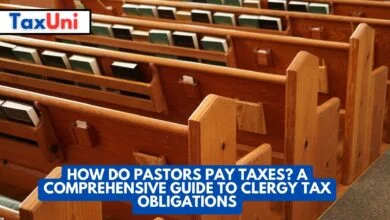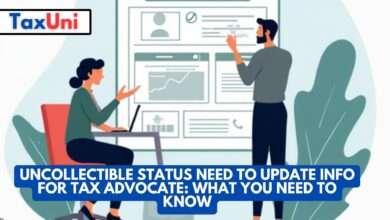Electric Vehicle Credit
Under the Inflation Reduction Act, passed in August and signed by President Biden, some EVs will qualify for up to $7,500 in federal tax credits.

As of January 1, 2023, new rules for Electric Vehicle tax credits require that the battery pack in your electric car or plug-in hybrid (PHEV) be manufactured in North America. Furthermore, you must meet certain pricing and income requirements to claim the full $7,500 credit. The exact amount depends on several factors, including where the EV is assembled and manufactured. It’s a lot to take in, but it’s worth understanding in detail if you plan on buying or leasing an EV. To qualify, vehicles must also comply with requirements on where battery-critical minerals are sourced.
Who Can Claim the EV Tax Credit?
The rules also stipulate that the vehicle must be used primarily for transportation and that you can’t have earned more than $37,500 in the previous year or have $225,000 as head of household or $150,000 as an individual during that same period. You’ll be disqualified from the EV tax credit if you don’t meet those conditions. If you’re considering an EV, make sure it meets the new requirements by using an online tool from the Department of Energy that allows you to enter your vehicle’s VIN number to check eligibility. It will tell you whether your EV qualifies and what percentage of the credit you can claim if you do qualify for it.
The Treasury Department revealed which cars qualify for the subsidy, which is available to consumers who purchase or lease EVs. Several popular models were dropped from the list. A handful of vehicles remain eligible, including the Chevrolet Bolt and the Nissan Leaf. An EV must be made or assembled in America to receive the full credit. Its battery must also be produced in the United States or from countries with free-trade agreements with the U.S. Many automakers are struggling to meet these requirements, which may explain why only a small number of new cars qualify for the credit as of now.
In announcing the new rules, the Treasury Department cited difficulties importing batteries and components. It said it was “taking steps to ensure that consumers who purchase qualified EVs are getting the credit they deserve.” The move comes after President Joe Biden called for half of all new vehicles sold in the United States by 2030 to be electric. But the sluggish pace of new-car sales means it could be a few more years before most people can buy the kind of electric car they want to drive without waiting for their local dealership to get enough of them in stock.

Qualified EVs
Currently, 29 EVs and plug-in hybrids manufactured in the United States qualify for the full or partial tax credit. They include the Tesla Model 3, Y, and 3X and vehicles from BMW, Cadillac, Chevrolet, Chrysler, GMC, Ford, Hyundai, Honda, Jeep, Lincoln, Mercedes-Benz, Nissan, Porsche, Rivian, Toyota, and Volvo. Sedans can’t cost more than $55,000, and pickup trucks, SUVs, vans, and crossovers can’t be more than $80,000.
Some cars, such as those from General Motors and Tesla, are expected to be eligible for the full $7,500 credit in March, provided they can meet additional requirements, including that a certain percentage of their battery critical minerals must come from the United States or from countries with a free-trade agreement with the United States. However, other requirements, such as those related to battery size, are not expected to take effect until 2024.





